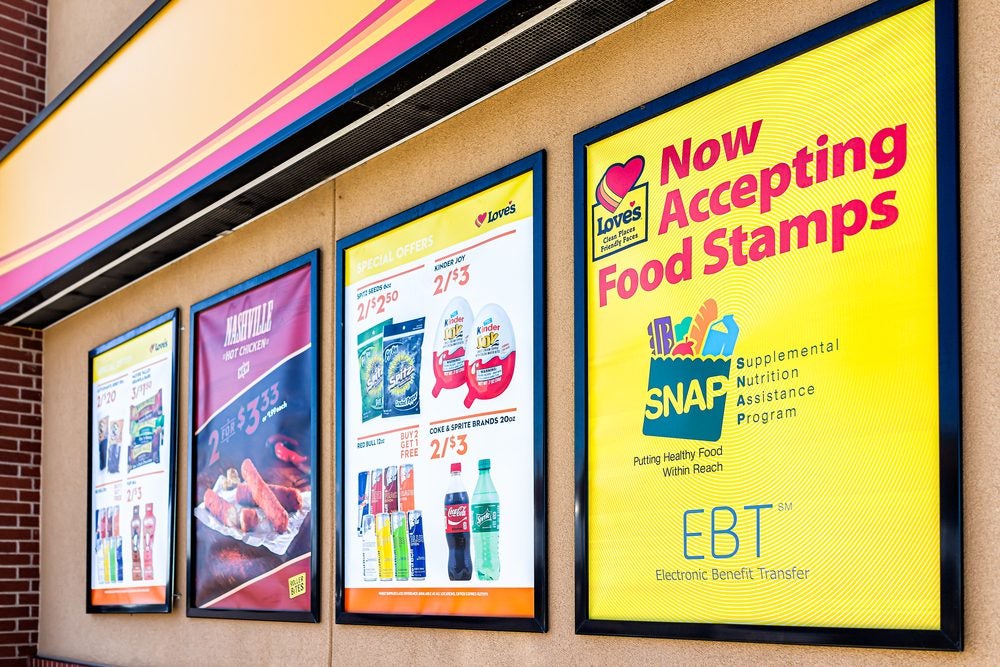 Control and predictability must be built into managing marketing today. Lofty dream? Unrealistic goal?
Control and predictability must be built into managing marketing today. Lofty dream? Unrealistic goal?
Not so, say the early implementers of marketing resource management (MRM). It’s hard to imagine talking about efficiency in marketing without addressing the tools required to deliver those improvements. My previous column, on marketing budgets, introduced the expectation that you need control and predictability over budgets. In addition to the principles I discussed, operational management levers are required to adjust performance and achieve results that the chief financial officer of your company will stand firmly behind. Then marketing budgeting becomes an equal investment opportunity.
In a typical marketing budget, people account for 25% of the expenses and activities 75%. While that varies from industry to industry, the point is that you have to put effective controls into your marketing organization to proactively manage both kinds of expenses. MRM investments are delivering those levers and results.
In our implementations at Quaero, research studies, and case stories, we’re seeing better resource management generate an increase of more than 10% in terms of people’s marketing capacity, with a better mix of skills and improved deployment of the company’s marketing staff. We’re also seeing reductions of 5% and more in external nonproductive costs, usually in redundant vendor and contractor expenses.
In the category of investment in marketing activities directly driving response and conversion, improvements from better planning and decisions in these activities are providing early bottom-line returns as well. Companies are enjoying a 1% boost in their operating profit marketing from improved success of their marketing programs—and that’s just from measurable marketing spend—as well as another 1% increase from better resource allocation.
So if your company has annual revenue of $200 million, these figures would translate into a $7 million-$10 million annual benefit from better marketing performance. Even with all the caveats and cautions about what returns your company can actually achieve, these numbers are worth a look.
What’s more, reports from Gartner and Forrester project 20% higher returns on customer relationship management (CRM) programs and significant increases in profits both from top-line revenue improvements and bottom-line efficiencies resulting from MRM implementation. Gartner specifically asserts that “enterprises that successfully deploy MRM solutions will reduce their time to market by more than 40% and achieve more than 20% greater revenue gains compared to their peers.”
Examples of MRM successes we have seen include:
• Creation of a platform for future tracking of spend at multiple levels, enabling marketers to be more disciplined in managing budgets and associated expenditure on a day-to-day basis (hospitality industry)
• Reduction of agency fees by more than $3 million annually (insurance industry)
• Reduction of marketing creative development cycle times from 14 weeks to two weeks (pharmaceutical industry).
These examples all demonstrate that MRM tools can provide better visibility and control over how you choose to deploy your people and program budgets in marketing. Whether you select software from Unica Corp., Aprimo, or Siebel, these tools always address financial planning and budgeting, marketing activities workflow and production schedules, and marketing content or digital asset management.
But listen up: Measuring and optimizing marketing performance is what really unlocks the potential of MRM tools. Seventy-five percent of the focus during MRM implementations must be on these five factors that will optimize your marketing spend:
1) Creation of your company’s marketing performance roadmap
2) Marketing workflow process capture and redesign
3) Metrics and dashboard development and deployment
4) Employee training including piloting new templates for campaigns
5) Improved customer data integration.
The remaining 25% of the effort is in configuration, customizing software templates, installation, and testing of the MRM tools. Think back to when you adopted CRM or enterprise resource planning (ERP) tools. The hardest part wasn’t installing the software or the hardware; it was everything else that creates adoption and delivers the promised returns.
One additional point I feel compelled to make from experience: Most of the marketing executives I speak with put either too little or too much focus on process discipline. Too little focus means that insufficient budget is allocated to addressing the five optimization factors above. Too much focus means launching something on the order of a lean management or Six Sigma initiative without fully appreciating the complexity and sustained investment needed to complete the work required. Be realistic about how many processes your organization can improve at the start of your MRM implementation. Once you have enjoyed initial success and are getting returns, then you can phase in remaining marketing processes to put under resource management.
For more information and experience with MRM, we have several articles at the Quaero Website.
Lane Michel is executive vice president/managing director of the Marketing Performance Management business unit of Quaero Corp., a marketing and technology services provider based in Charlotte, NC. You can reach him at lane@quaero.com.



